Vladimir Putin of Russia threatened to intensify his attacks on Ukraine; Kiev is now realizing his true intentions.
President Volodymyr Zelensky announced on Tuesday night that, in just five days, Russia has launched 500 missiles and drones against Ukraine.
In that time, at least 32 individuals have lost their lives in the capital of Ukraine, 30 of them in a single attack on December 29th, when Russia conducted one of the biggest aerial assaults of the conflict to date.
It goes beyond the capital as well. Almost sixty people have lost their lives across the country as a result of the strikes, which also affected Lviv in the far west, Odesa on the southern coast, Zaporizhzhia in the south, and Kharkiv in the northeast.
Russia has been bombing Ukraine from the air ever since it began its invasion, but this most recent round of strikes represents a lethal escalation.
What does the war's current phase signify for Ukraine? What is the strategy behind Russia's latest aerial attack?
Adapting strategies
Since the commencement of Russia's extensive invasion, Ukraine has not experienced attacks as severe as these.
Furthermore, the techniques are distinct rather than just the magnitude of the attacks.The attack in Kiev on January 2nd lasted for six hours. Drones were unleashed on the capital by the Russians. The air force of Ukraine claimed to have shot down all 35 of them.
However, missile attacks utilizing various weaponry were launched in response in an attempt to overwhelm and breach the city's defenses.
For the first time in months, missiles have struck right in the center of Kiev during the past five days.
"They're constantly looking for new and improved ways to breach our air defense systems and increase the effectiveness of their attack," Oleksandr Musiyenko, of the Center for Military Legal Research in Ukraine, told the BBC.
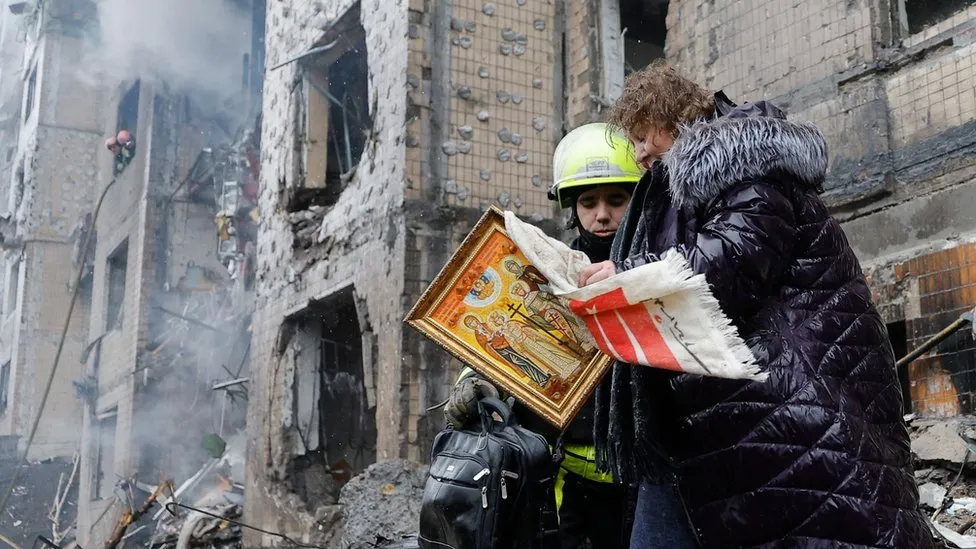
This entails employing a variety of missile types, including hypersonic, cruise, and ballistic missiles, as well as shooting them along various paths. These weapons have the ability to change course while in the air over Ukraine, giving air defense further difficulties.
Russia is shifting its emphasis as well. It pointed its weaponry at cities all around the nation on December 29; on January 2, it only targeted Kyiv and Kharkiv.
"The Russians attempted to focus their force of attack... and just focus on one or two cities "Mushiyenko stated.
Russia's tactics for anticipating these attacks are also evolving. The SBU, the intelligence agency of Ukraine, said on Tuesday that it had located and turned off "two robotic online surveillance cameras" that it claimed were compromised by Russia in order to spy on Kyiv's defenses and identify potential targets.
It's unclear how long Russia can continue launching such massive assaults.
According to Forbes magazine, an analysis conducted by Ukrainian media indicates that the strike on December 29th alone cost $1.273 billion (£1.01 billion), while the attack on January 2nd cost an additional $620 million (£491 million).
Prior to the winter, Ukraine had been concerned that Russia was accumulating armaments for major offensives.
Le Monde's analysis cites Ukrainian officials who state that Russia still has about 1,000 ballistic or cruise missiles in store and can produce about 100 more per month, including Kh-101s and Kalibrs.
However, according to Mr. Musiyenko, Ukraine has also been getting ready.
Ukraine fights drones with German-made Gepard anti-aircraft guns, cruise missiles with Soviet-era Buk systems, and hypersonic Kinzhal missiles with US-made Patriots.
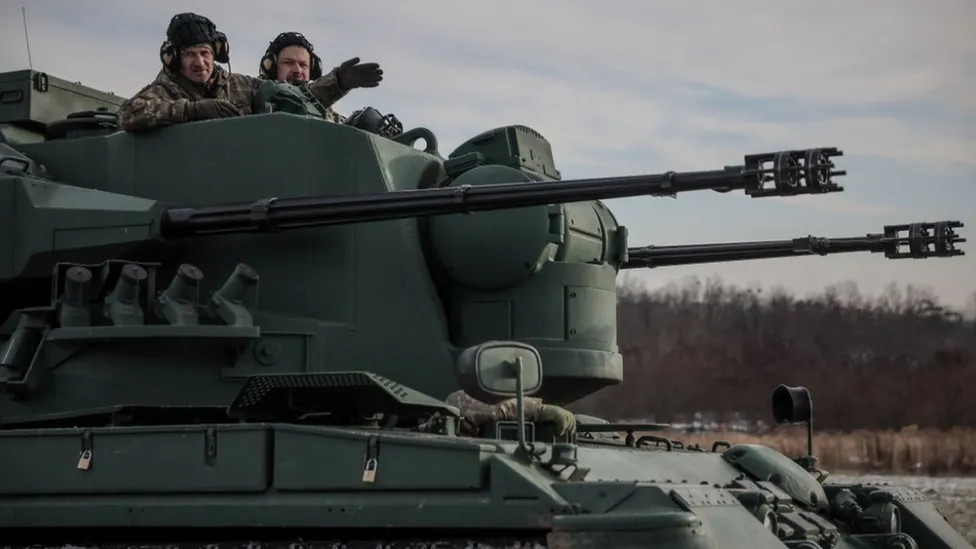
He claims, "We divided our systems for different types of threats," but naturally this means that maintenance and ammo must be obtained from the West. "So of course it's very important for us to get this support."
Right now, that is crucial for Kiev.
Given that the EU has not produced even half of the one million artillery rounds it committed to supply by the end of 2023 and that US aid is mired in political squabbles, it is possible that Russia is starting these massive attacks just as Ukraine's supplies are running low.
News Source: BBC



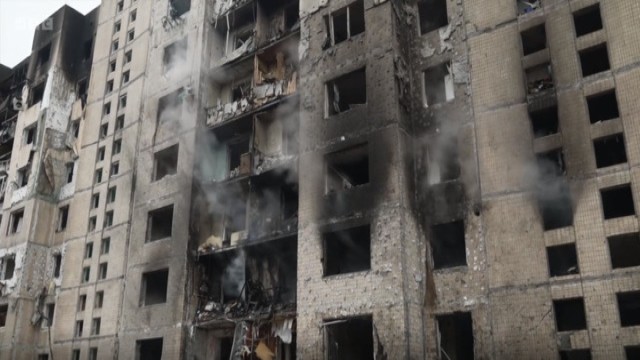
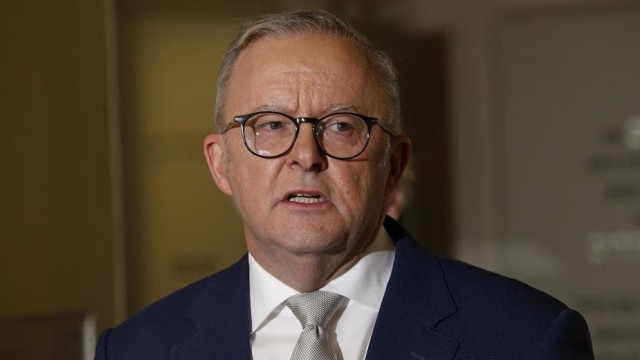
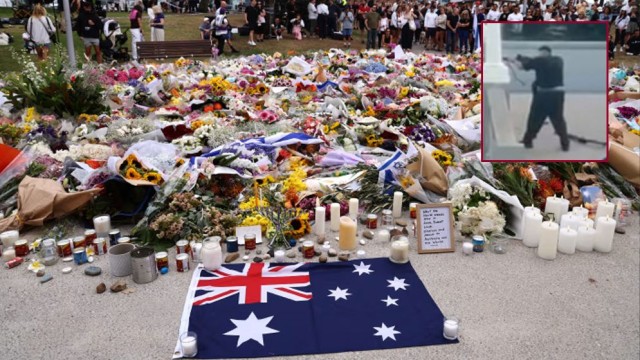
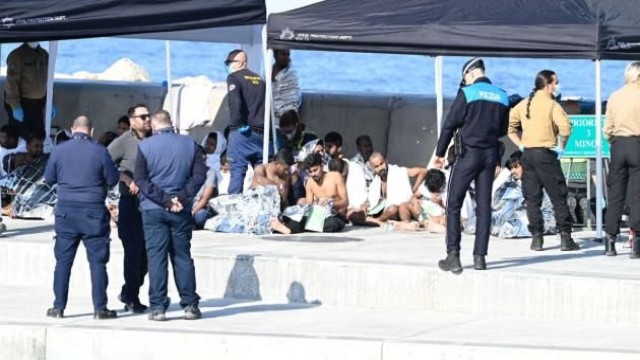
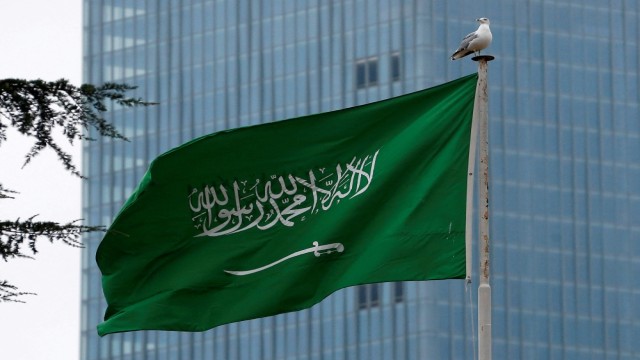

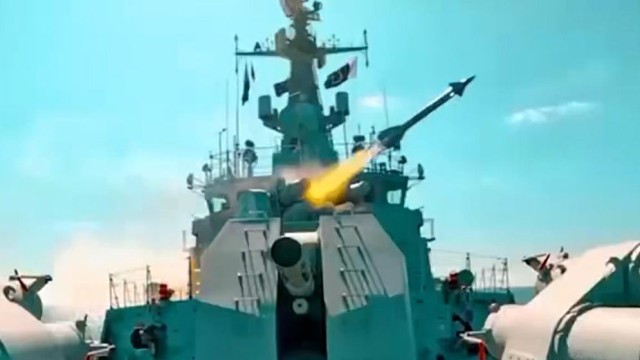
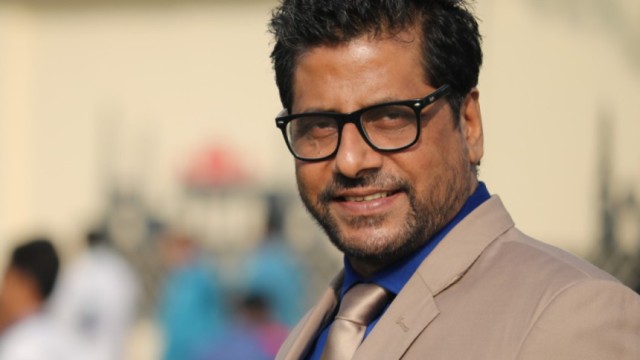

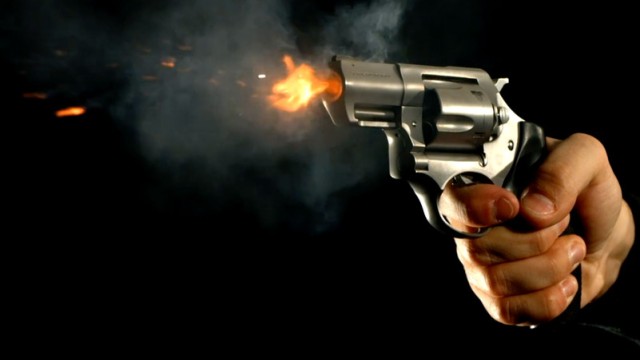
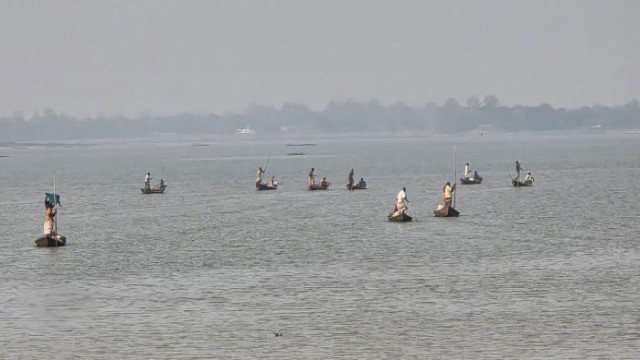
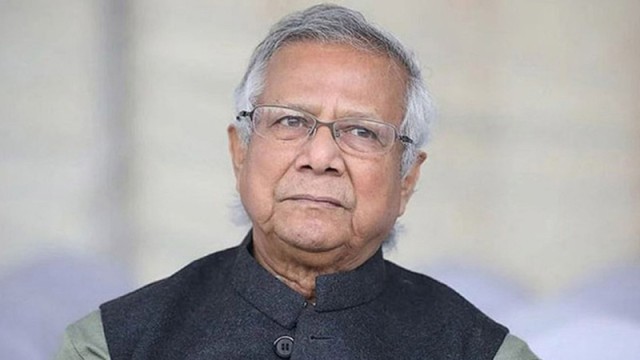
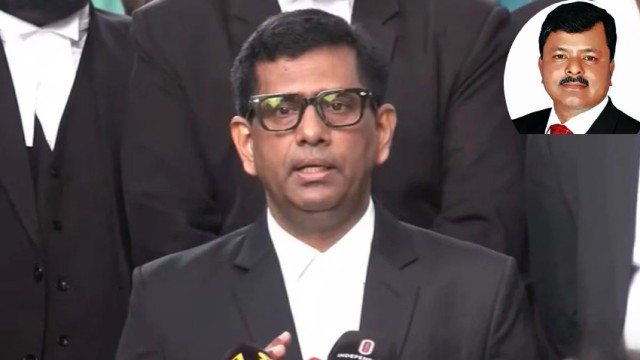








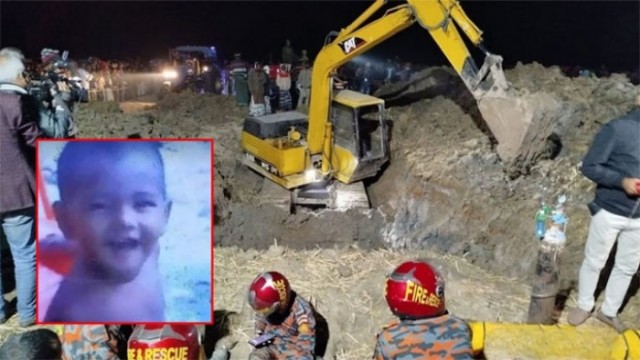
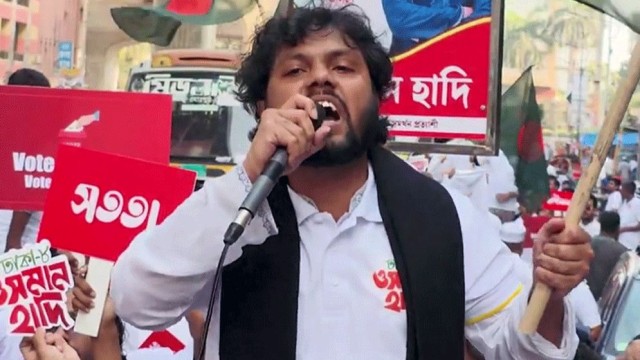
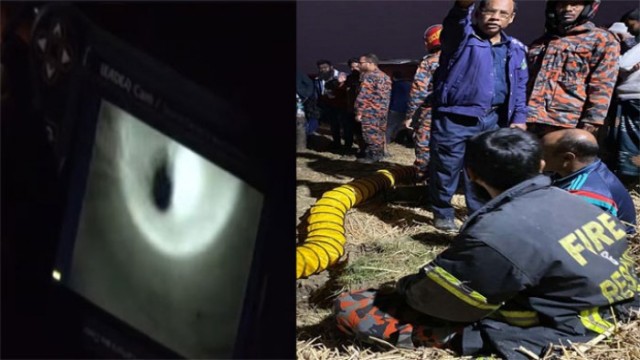
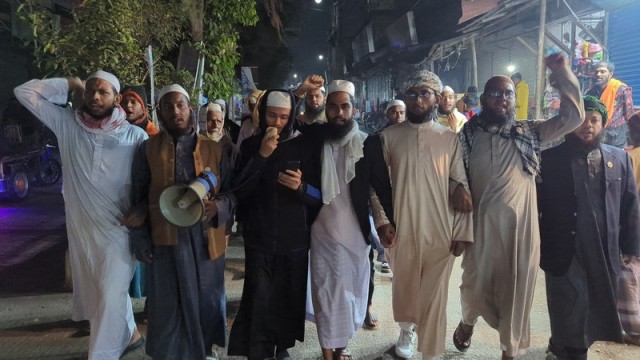
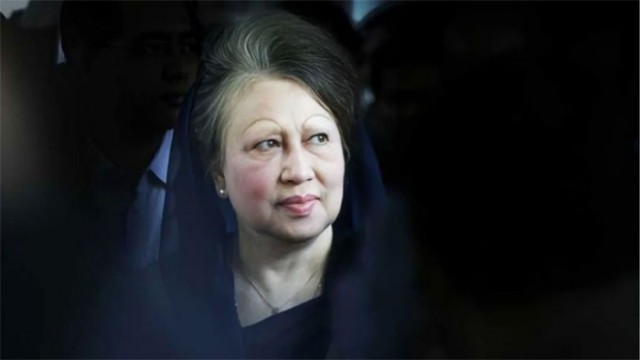


Comment: